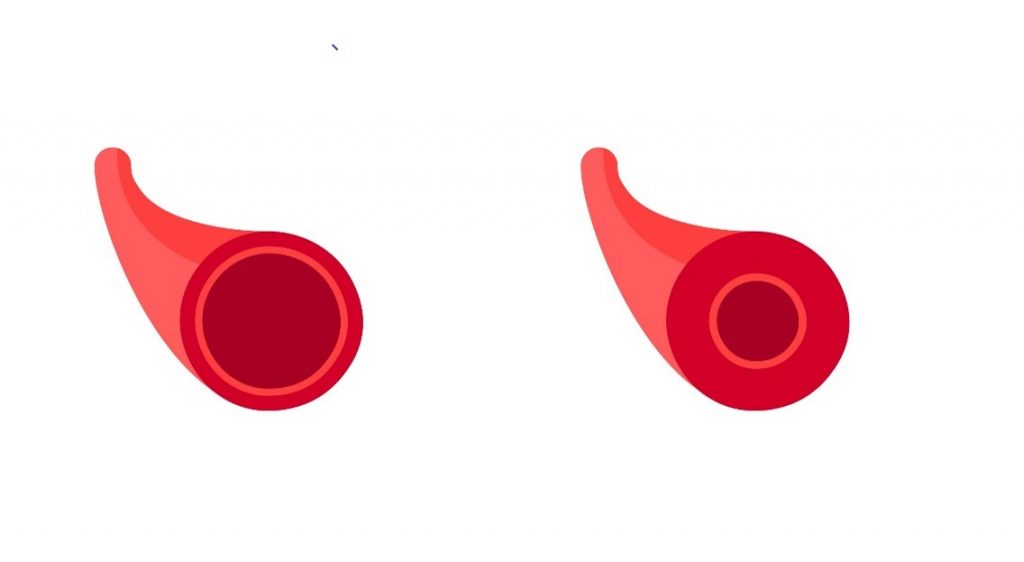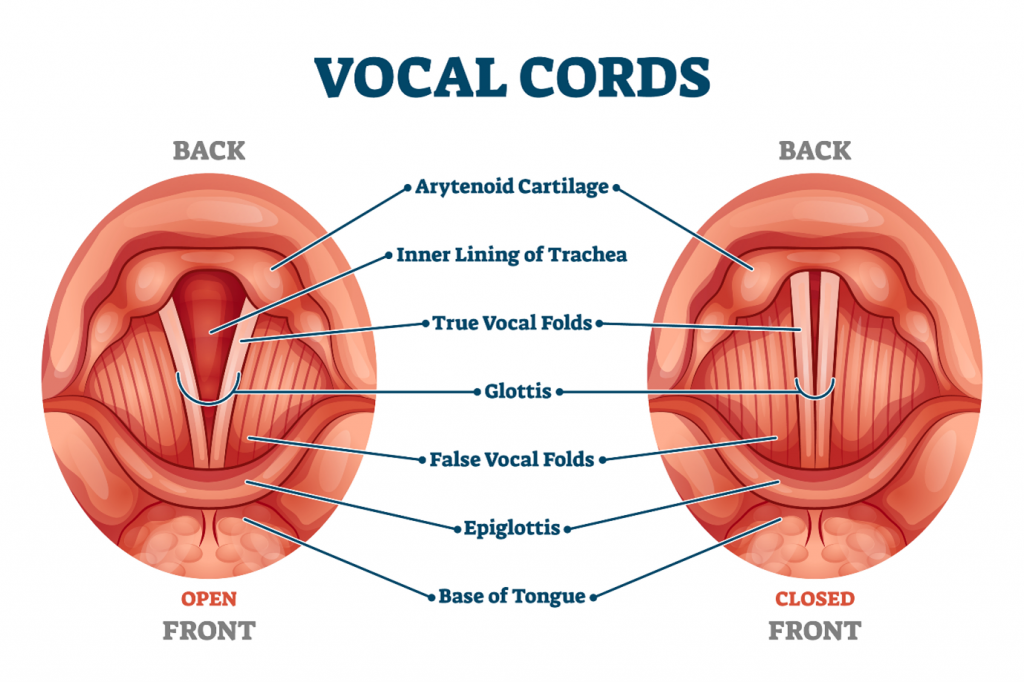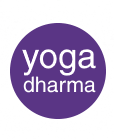Science of Pranayama divides respiration into three phases.
- Puraka inhalation
- Rechaka exhalation
- Kumbhaka breath retention
- Puraka and Rechaka are natural phases, which makes Kumbhaka Pranayama
Kumbhaka is then divided into three further phases of
- Bahir or retention at the end of a breath
- Antar, retaining the breath on an inhalation
- Kevala Kumbhaka means holding the breath with no particular emphasis
KUMBHAKA
- During breath retention Oxygen intake is suspended and Carbon Dioxide is retained
- It is the build-up of Carbon Dioxide that in the end forces the next breath. Carbon Dioxide is essential for good health, and withholding Co2 does have benefits, up to a point
Yoga tells us holding the breath will have benefits when performed with awareness and progressively.
CEREBRAL ANOXIA
Holding the breath creates a response called cerebral anoxia. The capillaries, where gas exchange takes place do not all work at the same time, so when the brain calls for more oxygen, the resting capillaries respond through cerebral vasodilation.
CEREBRAL VASODILATION
- Cerebral vasodilation is the widening of the blood vessels, due to smooth muscle relaxing. The main function of vasodilation is to increase blood flow to a particular part of the body most in need
- Cerebral vasodilation also reduces blood pressure

HYPERVENTILATION
- Fast rapid and shallow breathing will express too much Co2, which results in hyperventilation. Left untreated there is evidence this will cause long lasting damage
- The brain requires Co2 for healthy functioning, and a lack of Co2 affects the nervous system putting the body on alert
- The Sympathetic nervous system is triggered, the heart and respiratory rate increase preparing the body for action.
RESPIRATORY SINUS ARRHYTHMIA
- During the inhalation, the heart rate increases, while on the exhalation the heart rate decreases
- This is called Respiratory sinus arrhythmia (RSA)
- During the inhalation blood is diverted to the lungs, which causes less blood to be available to the rest of the body
- The heart reacts by increasing heart rate, to compensate.
SYMPATHETIC & PARASYMPATHETIC
- During the exhalation phase more blood is made available to the body, and the heart slows down
- There is evidence that the inhalation phase is connected to the sympathetic nervous system
- The exhalation is connected to the Parasympathetic nervous system
- As the parasympathetic nervous system triggers the rest and relax response, evidence suggests slowing down the exhalation has benefits
UJJAYI BREATH
Ujjayi can mean victorious which originates from the root ujji, meaning to conquer, or comes from the prefix “ud” with the addition of the root “ji” and means “to be victorious.
Ujjayi is conquered by relaxing the breath not forcing it as is so often how it is practiced. Ujjayi is an important pranayama and is relativity easy to practice.
Ujjayi is practiced by creating a slight constriction of the glottis.

The glottis is an opening between the vocal folds in the larynx and is thought of as the primary valve between the lungs and the mouth.
With a slight constriction of the glottis the breath is directed to the back of the throat. Visualise the breath entering and leaving the front of the throat while making a gentle purring or snoring sound. The practice and the sound should be internalised with only the practitioner aware of any sound. Very often the instruction will be to breath with lots of sound, which will tend to create a forced breath. The possible outcome of this way of practicing Ujjayi is to over breath, or hyperventilation. Hyperventilation will trigger the sympathetic nervous system.
RESPIRATORY SINUS ARRHYTHMIA
RSA is caused by taking an inbreath which causes blood supply to be diverted to the lungs for reoxygenation, and the heart compensates by beating faster.
Aim to keep the inhale and the exhale equal.
PSYCHIC BREATH
Ujjayi is also known as psychic breath as it induces a meditative state and a subtle mind state. It is often used in meditation practices such as japa, prana vidya and kriya yoga.
When Ujjayi is combined with Ashtanga vinyasa yoga think of it as your internal mantra, guiding you through the sequence. Ujjayi and Drishti together bring about a completely different awareness to an asana practice. The focus moves away from the external and the practice becomes a moving meditation.
UJJAYI AWARENSS
Try cupping your hands over your ears, but don’t press them flat. Close the eyes and begin to practice Ujjayi breath. The hands create the effect of taking a shell to the ear on a beach, in that it sounds like waves rolling up and down. Cupping the hands also internalise the practice and the calming effects become apparent.
UJJAYI PRACTICE SEATED
In a seated posture combine Ujjayi with three-part breathing, or three-dimensional breathing.
Begin the inhale in the abdomen gradually taking the breath into the thoracic space, and then up into the clavicular area. Begin the exhale from the clavicular space and gradually back to the abdomen.
Think of the three spaces three dimensionally by visualising the breath beginning in the centre of the abdomen. Once the abdomen is full, move the breath into the thoracic area (rib cage), again once full take the same breath into the upper chest. Think of the breath as a wave rising and falling.
UJJAYI WITH ANTAR KUMBHAKA
(breath retention on the inhale)
Practice as above with the inclusion of a retention after the inhale. Keep the practice even, a 1-1-1 ratio.
Make sure the breath remains smooth and even. Never force the breath or allow the breath to feel as though it is entering the head. Start with a count that is easily accomplished and gradually build on the length of the breath.
UJJAYI ALTERNATIVE
Inhale through both nostrils and retain the breath. Exhale only through the left nostril. Yogic Techniques, Dr M.L. Gharote.
BENEFITS
If done without force Ujjayi will naturally slow the breath, encourage the parasympathetic nervous system, which slows the heart and will reduce blood pressure.
CONTRAINDICTIONS
Low blood pressure and an introverted nature.
CONTACT MARTIN
WHY CHOOSE MARTIN?
- 20 years running Yoga Dharma UK
- 20 Years running Yoga Dharma BG
- 17 years running highly successful yoga teacher training courses
- 20 years running highly successful yoga retreats
- 17 years running successful residential yoga teacher training


